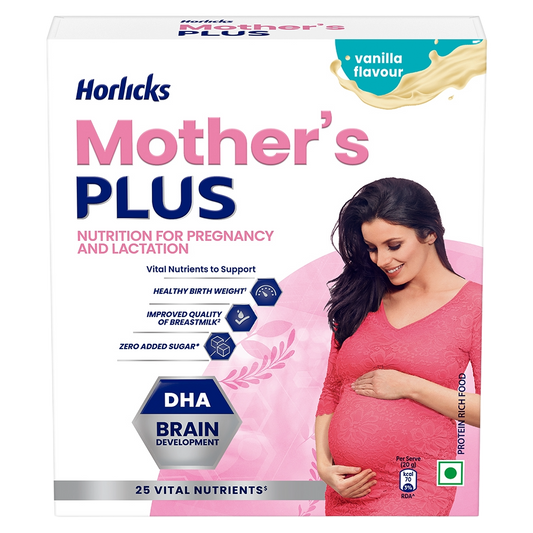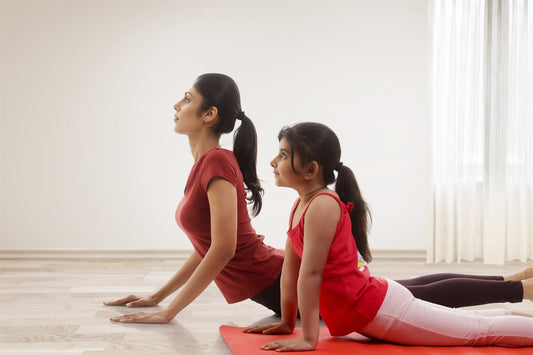Yoga has long been considered beneficial, for a variety of different fields. Therefore, adding yoga to your pregnancy journey can prove to be useful.
After all, there is a reason why prenatal yoga is highly revered across the globe. From mood swings to leg cramps, fatigue to breathing troubles, yoga addresses and resolves a variety of issues that come up during pregnancy. 
Different poses and asanas may be suitable for you at different stages of your journey. However, it is vital that you remember to consult your doctor if you come across any problems such as a weak uterus, as under certain circumstances, exercising could adversely affect your health.
As long as you are mindful of your safety, yoga can prove to be beneficial in several ways. Recent studies even show that yoga during pregnancy helps to reduce prenatal anxiety and depression. Some of these recommended poses and asanas have been detailed below.
Sukhasana
Sit on a cushion with your legs folded. Lean forward so you are sitting on the front of your sit bones. Left foot tucked in right thigh and right foot tucked in left thigh. Keep your spine aligned, hands on your knees, palms facing up.
Try Prana mudra for releasing fatigue: tip of the thumb pressing into tip of ring and little fingers. Sit as tall as you truly are, focus on drawing big breaths into your body, as your baby needs all the fresh oxygen you can provide. Close your eyes gently, bring a soft smile to your face and enjoy spending this quality time with your baby and yourself.
Virasana
Sit on your knees with a bolster under your hips. Feet should be placed as wide as your hips. The top of your feet should press into the ground. This pose aids digestion and naturally lifts your spine thereby improving posture.
Balasana
This child’s pose calls for a foetal position and is performed when sitting. So place your knees and shins on the floor. Your knees should be wide enough to give your belly and chest room to rest between your thighs.
Stretch your arms ahead, nice and wide. Bend your elbows for further relaxation. Use a bolster or cushions to rest your arms and head. This posture is highly recommended throughout pregnancy just as the resting and energising pose between your surges during labour.
Bhadrasana
Also known as butterfly pose, the Bhadrasana requires that you sit with your legs crossed, then slowly join the soles of your feet and widen the space near your inner thighs. Maintain about 2 feet distance between your feet and groin. It is alright if your knees are slightly raised. You can place cushions under your knees for support, and to avoid injury.
Regular practise of this pose will improve flexibility, and prepare your pelvis for childbirth. You can practise this pose for 10 to 15 minutes every day, until the end of your pregnancy, and during the first stage of labour. Try to sit tall and breathe freely. Try Apaan mudra here to improve digestion and relieve nausea. Tip of the thumb joins the tips of the middle and ring fingers with gentle pressure.
Vrikshasana
Balancing postures are important during pregnancy as your centre of gravity shifts every week with your changing belly weight. Start this tree pose by standing straight. Bend your right knee, use your right hand to place the right foot flat on the inside of your left thigh.
Find your balance by gazing steadily at a point in front of you and keeping your left leg straight and firmly planted on the ground. Use support if you need help balancing at any point. Once you feel steady, join your palms in Namaste mudra.
You can even raise your arms for an additional challenge. Remember to keep breathing as it can bring your body and mind together in moments of need, like during labour and delivery. Lower your leg after a few more breaths. Repeat the same with your left leg.
Anjaneyasana
In this low-lying lunge, your back knee should touch the floor or rest on a cushion. Your hands, joined in namaste, should be raised up over the head. Keep elbows straight.
Points To Ponder Over
As with a variety of different exercises and routines, it is important to consult your doctor before you begin yoga. Discuss the different yoga poses you will be implementing and the impact that they may have on your pregnancy. Take your doctor’s opinion and also be careful to listen to your own body. It is important that you only practice what makes you comfortable.
Remember that yoga offers a wide spectrum of different poses and asanas. Not all of these would be comfortable or even useful for you. So, look into it seriously, take stringent consideration, and ensure that the ones you choose are beneficial for you. Even when you are practicing them, ensure that you do not lie on your back, avoid doing headstands and handstands, and steer clear from extreme stretches. Make comfort and safety a priority and only look into yoga if it brings you benefits.
The author is Neha Chandna, who has been a practicing dietitian for the last eight years. The views, opinions and recommendations expressed in this article are solely those of the author and intended as an educational aid. Please consult your doctor for professional advice concerning specific health/medical matters.









